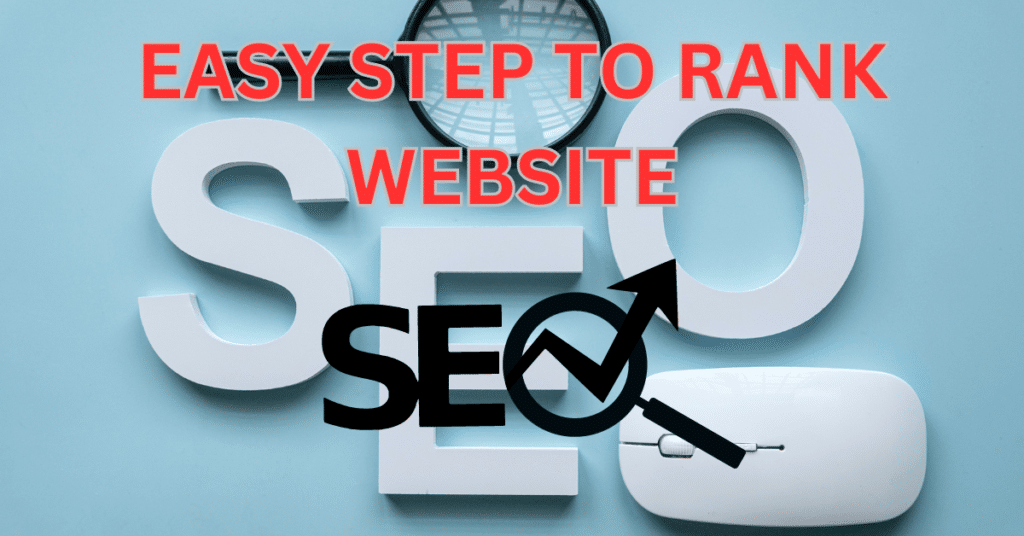How to Design a Website in 8 Steps:
In today’s digital age, to design a website is no longer an advantage; it’s a necessity. Your website often serves as the first impression for potential customers, and it might be critical to your success. Whether you’re a beginner, a small business owner, a web designer, or a web developer, this guide is tailored to help you understand the essentials of designing a website from the ground up.
Introduction
The importance of a well-crafted website cannot be overstated. It serves as the virtual storefront for your business and reflects your brand identity. This guide will walk you through each major step of the website design process, ensuring that you’re well-equipped to create a site that not only looks great but also fulfills its intended function efficiently.
Step 1: Define Your Goals and Target Audience
Before diving into the design, it’s crucial to define the purpose of your website. Are you looking to drive sales, provide information, or build a community? Who is your website for? Understanding your target audience’s preferences and pain points will inform your design choices and help you create a more targeted and effective website.
Step 2: Plan Your Website Structure and Layout
Organizing your website starts with a clear sitemap that lays out all your pages and content. Think carefully about how you structure information to make navigation intuitive for your users. Sketching out wireframes can also help visualize the layout and user flow before final designs.
Step 3: Choose the Right Platform/CMS
Selecting the right content management system (CMS) or platform is pivotal. You’ll need to consider several options like WordPress, Wix, or Squarespace based on various factors including, scalability, cost, and the level of control over customization. Prioritize ease of use and technical support when making your choice.
Step 4: Designing the Visual Elements
Your website’s aesthetic appeal can make or break user engagement. Start by choosing a color scheme and typography that align with your brand. Ensure consistency across all pages for a cohesive look and feel. Use images, graphics, and white space strategically to create a professional and appealing design.
Step 5: Content Creation and Optimization
Content is king. Write copy that resonates with your audience and communicates your message clearly. Use headings, bullet points, and short paragraphs to make the text easily scannable. Don’t forget to optimize your content for search engines (SEO) by strategically including keywords relevant to your industry.
Step 6: Incorporating Functionalities and Features
Decide which functionalities are necessary for your website. This might include e-commerce capabilities, contact forms, or social media integration. Focus on improving user engagement while ensuring your site remains fast and responsive across all devices.
Step 7: Testing and Quality Assurance
Test your website thoroughly to catch any usability issues or bugs before launch. Pay attention to load times, form submissions, and cross-browser compatibility. Make sure that all links, buttons, and features work as intended and offer a seamless user experience.
Step 8: Launching and Maintaining Your Website
Once you’ve tested your website, it’s time to go live. Choose a reliable hosting provider that guarantees uptime and offers good customer support. Remember, a website is not a one-off project; it needs regular updates and maintenance to stay relevant and secure.
Conclusion
Designing a website is a multifaceted and ongoing process that demands careful planning and attention to detail at every step. With this step-by-step guide, you have the foundation to create a website that serves your business goals and resonates with your audience. Get started and watch as your website takes shape and becomes a cornerstone of your online presence. Good luck!
Frequently Asked Questions (FAQs)
Do I need any technical skills to design a website?
While having technical skills like HTML, CSS, and JavaScript knowledge can give you more control over your website design, many platforms and CMS systems are designed with beginners in mind. These often include drag-and-drop features and templates that make it possible to create a website without coding skills.
How much does it typically cost to build a website?
The cost of building a website can vary greatly depending on its complexity, design requirements, and the platform you choose. It can range from a few hundred dollars for a basic site using a template to several thousand for custom-designed, feature-rich websites.
How long does it take to design a website from scratch?
The timeline for designing a website from scratch can vary depending on the complexity of the project, the speed of content creation, and the proficiency of the designer or design team. Typically, a basic website might take several weeks, while a more complex website could take several months to complete.
Can I design a mobile-friendly website?
Yes, and it’s highly recommended. Most website-building platforms and CMS systems allow you to create responsive designs that automatically adjust the layout to fit different screen sizes, ensuring your site is mobile-friendly.
How important is SEO for my website?
SEO is crucial for ensuring that your website is discoverable by search engines and ranks well in search results, which helps drive organic traffic to your site. Using relevant keywords, having a well-organized site structure, and ensuring your site has high-quality content are all important aspects of SEO.
What are the best practices for website maintenance?
Regularly updating your content, ensuring your CMS or platform is up-to-date, backing up your site, and checking for any broken links are best practices for website maintenance. This helps in keeping your website secure and operating smoothly.
Remember to always tailor your FAQs to reflect the specific needs and concerns of your website’s audience for the most effective engagement.




Pingback: Manage From The WordPress Email Address: A Detailed Guide - Marketing Scrappers